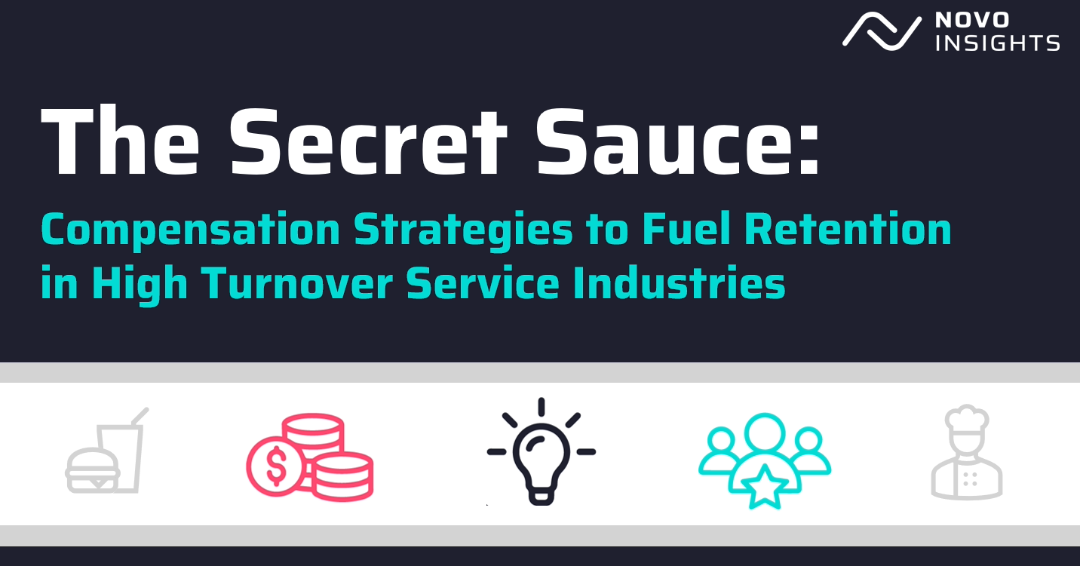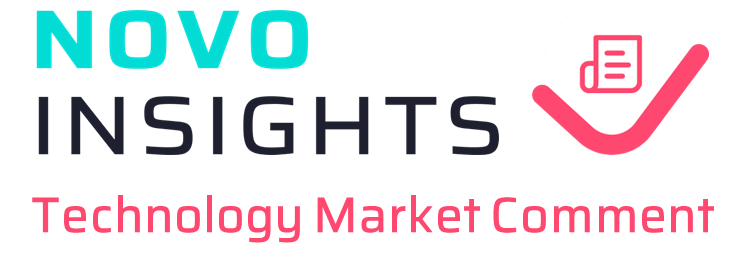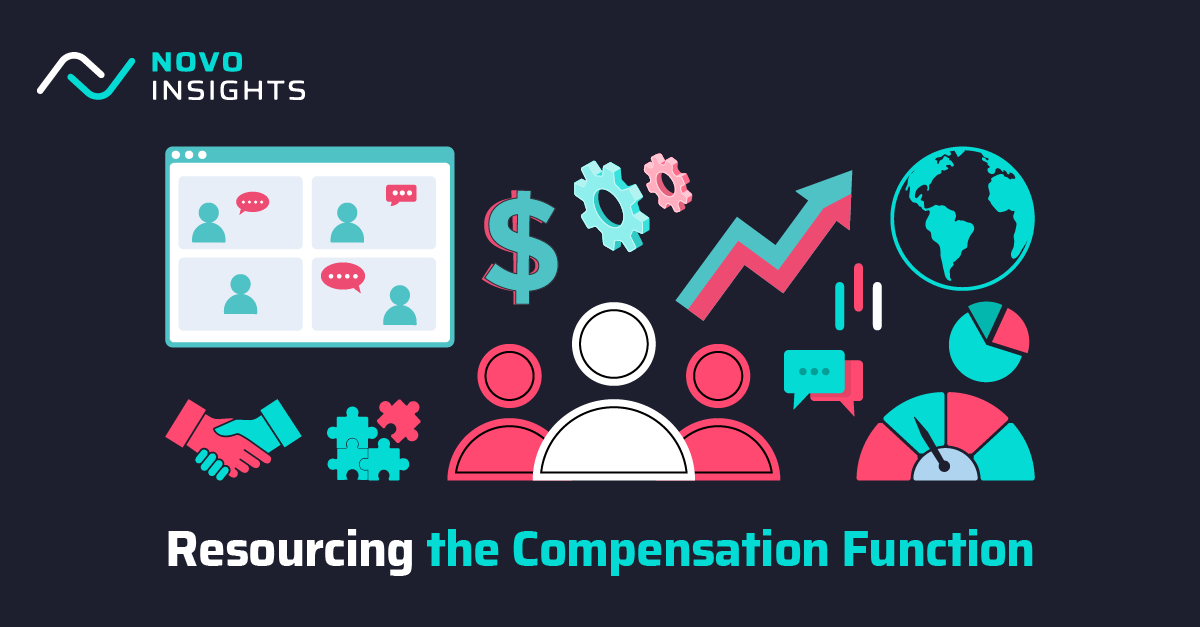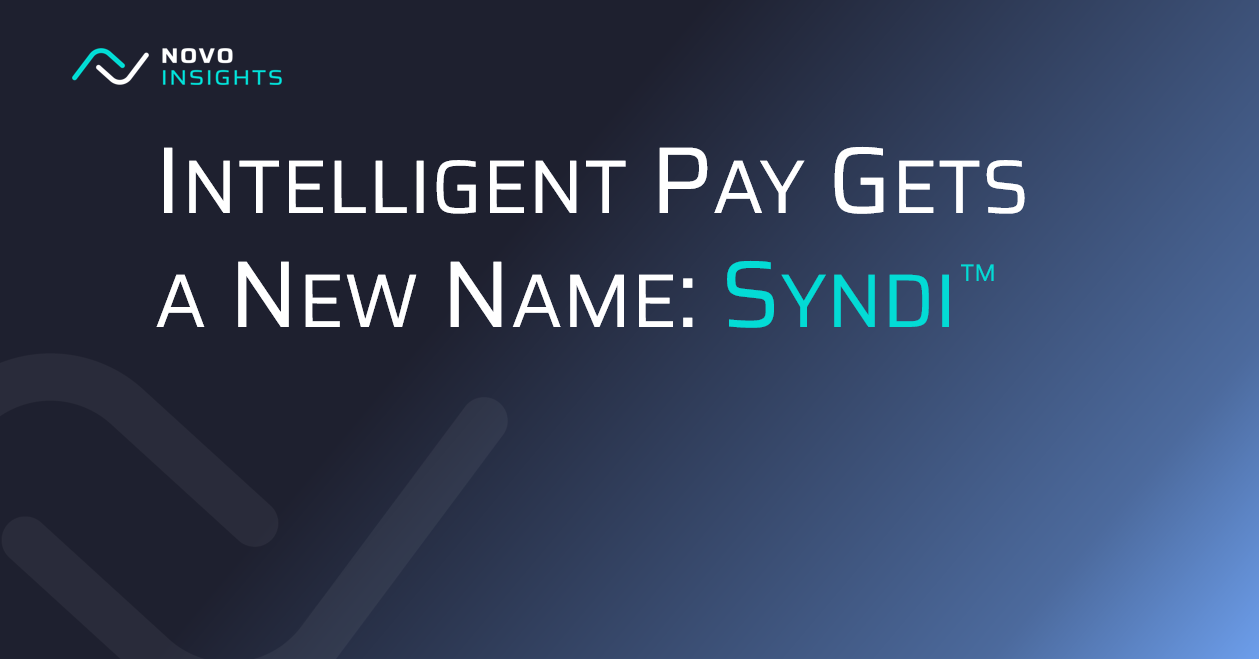High turnover has long plagued service industries. Frontline restaurant workers can often see annual turnover of near 200%, and the industry-wide hospitality and food service labor quit rate is more than twice the national average. Companies often find that when they investigate the reasons behind this churn, pay consistently emerges as a significant factor. While competitive wages are essential, they are just the beginning. Compensation programs need to be simple and transparent to effectively retain talent. Using the restaurant industry as a proxy, we have a recipe for the “secret sauce” that compensation teams can use to help drive retention to combat high turnover and keep their workforce engaged:
Create a Clear Path to Wage Growth
Competitive starting rates are essential for attracting talent, but what keeps employees from leaving is a well-defined path to wage growth that is clear from day one. As with many roles for entry-level and/or less-skilled positions, workers want to have visibility and control over how they can make more. Here are some effective options:
New Hire Bump: In certain segments of the restaurant industry, retaining an employee for 90 days is a significant milestone. Offering a rate increase opportunity shortly after hire can help mitigate this hurdle. For example, after a successful 60 days, employees can earn a $0.25 increase.
Skill-Based Rewards: Encourage cross-training and skill development by providing specific wage increases upon mastery of additional roles in the restaurant. For example, earn a $0.25 increase as a front-of-house cashier for mastering a food prep station. Not only will this enrich their capabilities, giving the manager additional staffing flexibility, but can also pave the way for faster progression into leadership roles.
Merit Awards: Have opportunities for ongoing performance-driven merit awards at least semi-annually. Make sure that eligibility and performance requirements are defined, as well as the corresponding increase amounts.
Ensure Bonuses are Meaningful and Relevant
Introducing bonuses below management can be a great tool for retention, provided they are clearly communicated upon hire, are meaningful amounts, and employees understand how to influence the outcome. Targeted opportunities to boost earnings beyond base pay can elevate morale and nurture loyalty among workers when they see that their contributions are acknowledged and rewarded. Here's how to make the most of bonuses:
Meaningful Value: Bonus amounts should carry enough weight to make employees want to stay. A starting point could be targeting at least two weeks of earnings based on average hours worked. Additionally, consider a shorter-term reward cycle, like quarterly, to maintain retentive value.
Recognize Performance: Performance-based bonuses should be tied to metrics that resonate with employees, such as customer satisfaction or operational efficiency, and that they have visibility into tracking them. To control costs, limit eligibility to those categorized as full-time.
Reward Retention/Service: Don’t overlook the value of a bonus for hourly staff simply staying with the company. The relatively larger cash income is valued by the employee, and using a bonus rather than base wage increase can also help mitigate compounding wage growth. When paired with other clear wage growth or incentive opportunities, an annual frequency can be successful. Consider a tiered model where amounts increase based on years of service to sweeten the deal.
Embrace Pay Transparency as a Marketing Strategy
One of the most effective ways to attract and retain restaurant talent is by embracing pay transparency and integrating it into your employer branding strategy. As referenced earlier, your “competitive” programs are only effective if employees understand the value. Here are some ways to assist:
Visualize Career & Wage Growth: Clearly define the role of pay in your employee value proposition and make it a central element of your recruitment marketing strategy. Include a visual representation of career opportunities within your organization and showcase compensation potential. Highlight the array of other total rewards elements available, such as paid time off, financial wellness programs, tuition assistance, and other perks. Include on your career site, job postings, and on-lot marketing. This can be a compelling tool for both external candidates and existing employees.
Ongoing Reinforcement: Maximize communication and employee understanding by leveraging standard processes like onboarding and required training to highlight and reinforce earnings growth opportunities within your company. Have a modern HR system? Place growth visuals on the landing page to keep it front of mind.
**
High turnover industries create unique challenges for compensation professionals. While creative strategies won’t solve all factors contributing to high turnover, they do empower compensation teams to embrace their role in addressing the challenge.




